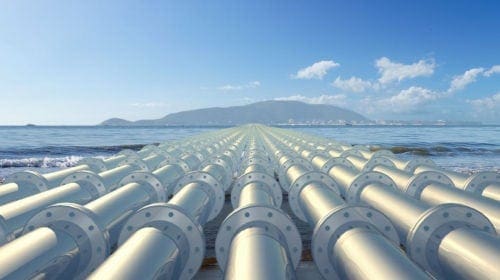The financial stress caused by lowered oil prices seems to have prompted compliance on the part of OPEC. OPEC previously agreed to cut oil production to diminish the global oil-supply gut. The group announced in November 2016 that there would be production reductions in certain member countries’ oil production in order to facilitate a higher oil price.
An official report from the Joint OPEC-non-OPEC Technical Committee, a subcommittee of the Joint Ministerial Monitoring Committee, stated on February 24 that OPEC and non-OPEC producers achieved 86 percent conformity for January. However, a survey from Reuters showed that for the month of February OPEC further increased its compliance to roughly 94 percent as per the November agreement to cut production.
Bloomberg reports that Tamar Essner, an energy analyst at Nasdaq Inc, is expecting oil prices to rise even higher, but he still offers a realistic analysis for just how high the oil price could rise. “I’m looking for prices to rise this year, but not above $60, and the reason for the ceiling is the tremendous resilience of U.S. shale. The market is very one-sided right now, which makes me nervous because that often precedes a reversal.”
The increasing production in the U.S. appears to be limiting the potential recovery of the oil price, as the slowly increasing cost of oil has driven many domestic firms to ramp up operations at the cost of an oversupplied market. This has somewhat negated the positive effects the OPEC production cut has had, but this does not necessarily mean that the oil price will stay stagnant. Over time, there should be a continual rise in the oil price as demand begins to match pace with supply.
As of the morning of March 1, the West Texas Intermediate futures for April were at $54.16, while Brent Crude future contracts for May were priced at $56.72.
Oil and gas operations are commonly found in remote locations far from company headquarters. Now, it's possible to monitor pump operations, collate and analyze seismic data, and track employees around the world from almost anywhere. Whether employees are in the office or in the field, the internet and related applications enable a greater multidirectional flow of information – and control – than ever before.











